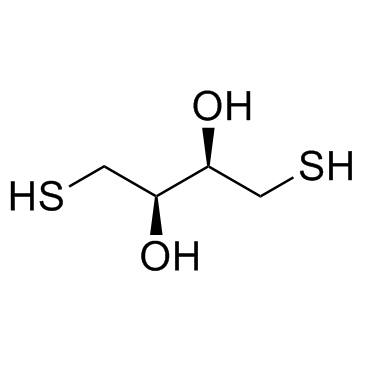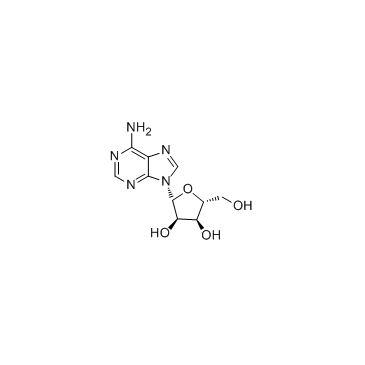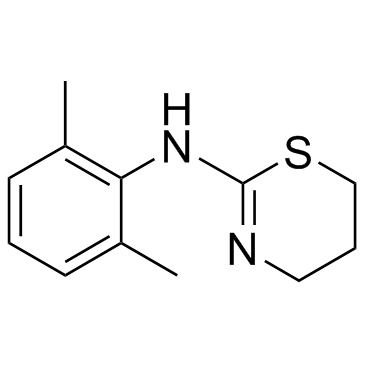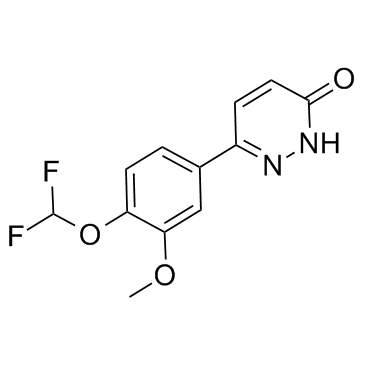| Structure | Name/CAS No. | Articles |
|---|---|---|
 |
sucrose
CAS:57-50-1 |
|
 |
Forskolin
CAS:66575-29-9 |
|
 |
Caffeine
CAS:58-08-2 |
|
 |
VIP (human, mouse, rat) acetate salt
CAS:40077-57-4 |
|
 |
DL-Dithiothreitol
CAS:3483-12-3 |
|
 |
Adenosine
CAS:58-61-7 |
|
 |
Ethylenediaminetetraacetic acid
CAS:60-00-4 |
|
 |
Desipramine hydrochloride
CAS:58-28-6 |
|
 |
Xylazine
CAS:7361-61-7 |
|
 |
Zardaverine
CAS:101975-10-4 |